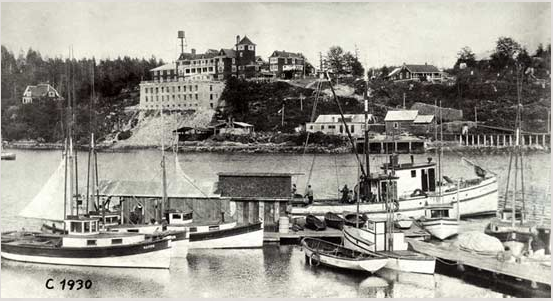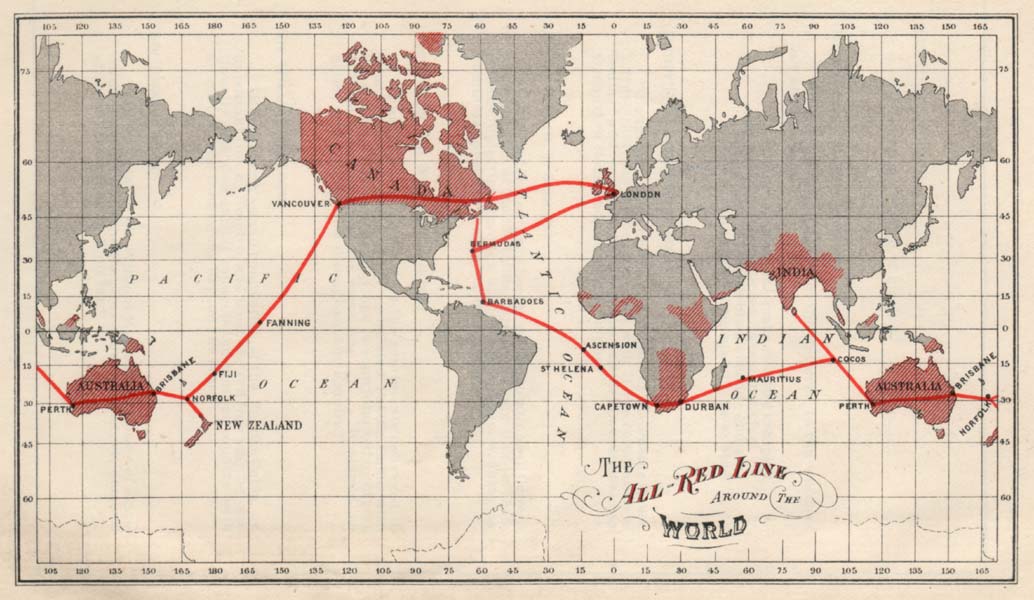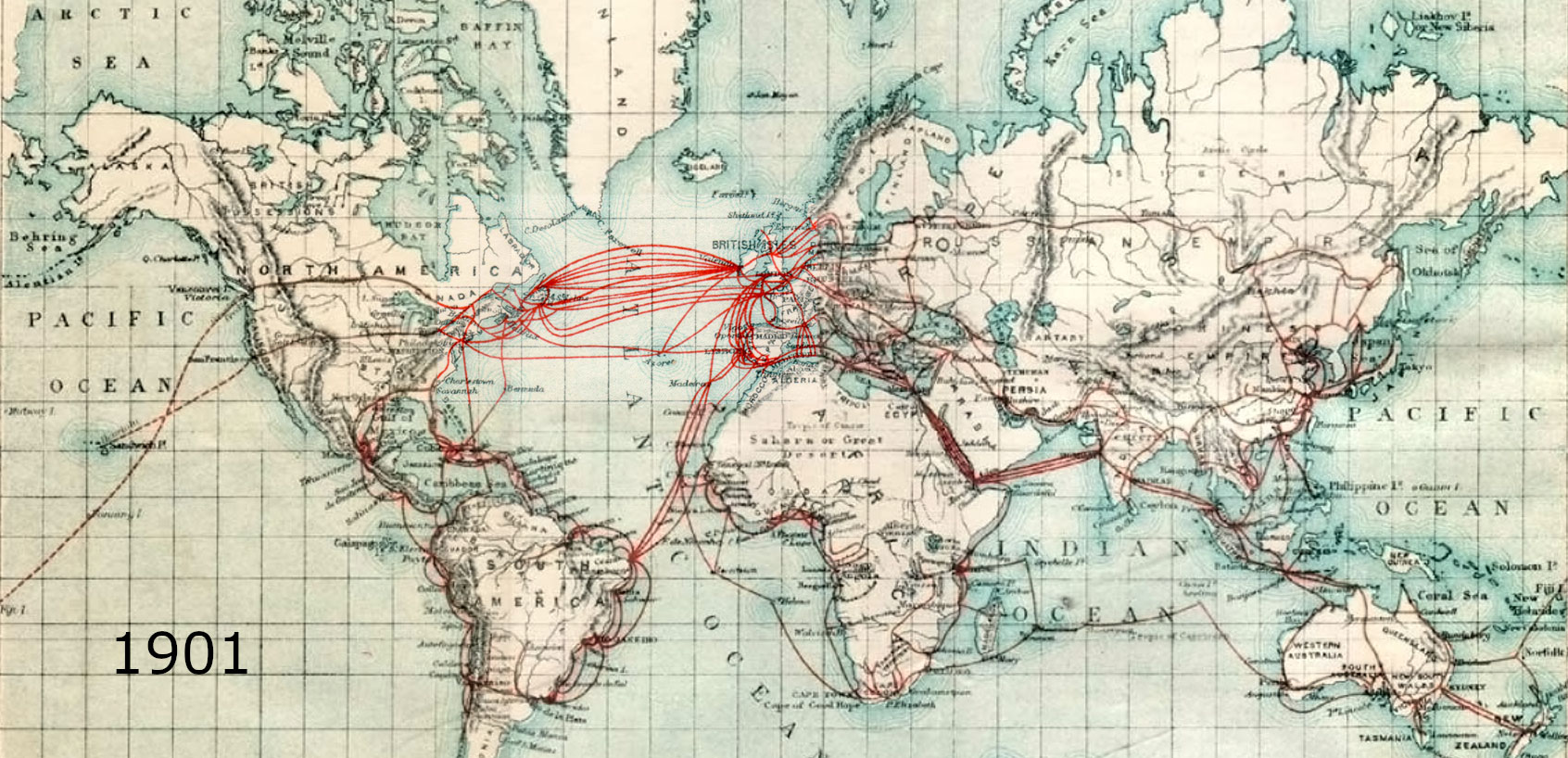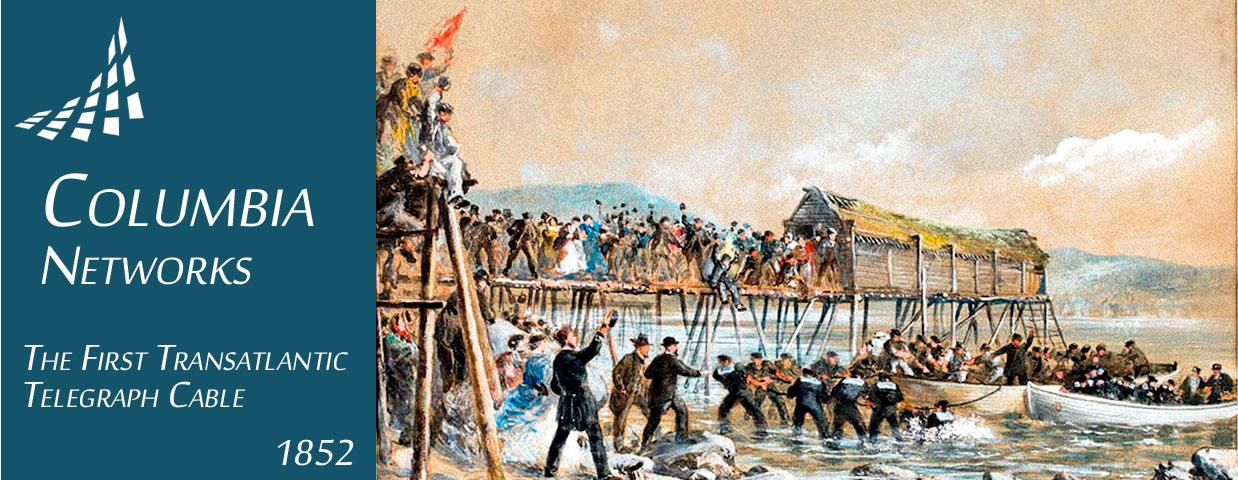
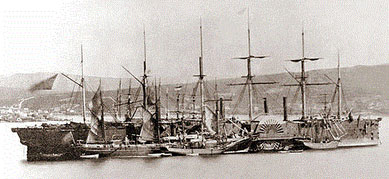 Celebrating Canadian Innovation
Celebrating Canadian Innovation
by Dan Salekin
Canadian Innovators
As part of our 10th year in business, we are paying tribute to those before us who pioneered communications in Canada.
A Canadian innovation in undersea cable marks the early beginning of the global digital communications infrastructure that we have today.
In the mid-19th century rail lines, water ways, and steam ships were expanding and connecting communities in Canada. The vast distances that separated us diminished, bringing us closer as a people, and in time, we formed a nation.
Telegraph lines followed to further connect communities. Dispatches that would take days or weeks by rail or horseback now arrived in minutes.
Prince Edward Island and Newfoundland remained isolated from the mainland. Running telegraph lines to the islands was deemed impossible.
In 1852, two brothers from Quebec set out to test an invention that would eventually connect the islands to the mainland. They laid 14km of undersea cable between New Brunswick and Prince Edward Island. The cable was unspooled from a ship and laid on the ocean floor across the Northumberland Strait. The innovation was a success and became the first underwater telegraph cable in North America.
The first transatlantic cable connected Ireland and Newfoundland in 1858. The solution was based on the technology developed by Frederic Gisborne and his brother Hartley Gisborne. Two brothers from Quebec that pursued their dreams and solved what seemed to be an “impossible” challenge.
SS Great Eastern at Heart’s Content
The SS Great Eastern, the largest ship in the world at the time, arrives in Heart’s Content Newfoundland after laying the transatlantic cable from Valentia Ireland. The first transatlantic undersea cable connected North America and Europe for telegraph communications.
Bamfield, Vancouver Island BC
In 1901 the cable ship Colonia set out from Bamfield to lay an undersea cable line to Fanning Island. The first leg of the Transpacific undersea communications cable.
Photo – “Ron Long / Bamfield Historical Society”
The All-Red Line Around The World
Canada was an important partner in building the first electronic telegraph communications network around the world.
The British Empire
The British Empire had been relying on messages carried by merchant ships. Delivering a message between North America and Europe took approximately ten days. With the successful development of undersea cable in Newfoundland, the opportunity to send telegraph messages in minutes was recognized as a military and trade advantage. It was decided that Ireland and Newfoundland would be the cable stations for the first cable route.
The All-Red Line
With the success of the transatlantic undersea cable, the United Kingdom, Canada, and the other British colonies built the first electronic network that would connect all British territories around the world. The All-Red Line became the informal name for the system of cable lines and electronic telegraphs that linked most of the British Empire.
Heart’s Content Cable Station
“Heart’s Content” was the most important cable station since it was situated on the North Atlantic route. It was the training centre for operators that would move on to serve all over the world. Due to the high volume of telegraph traffic, Heart’s Content was the location where new instruments were first introduced and tested.
Bandwidth Problems
The early long-distance submarine cables did not have repeaters, for signal amplification, which resulted in extreme electrical problems. Large voltages were used to attempt to overcome the electrical resistance of the tremendous cable length. The cables distributed capacitance and inductance combined to distort signals, reducing usable bandwidth and data rate to 10-12 words per minute.
Timely News
New telegraph stations allowed for news from Europe to be relayed via telegraph lines to small communities across Canada. Literacy spread as did the popularity of newspapers. By 1870, there were 48 daily papers in publication across the country.
2018
Over 160 years later, efficient communications continue to be an advantage for commerce. The cable routes have been replaced with Fibre Optic cable and we have built the Internet, World Wide Web, and many Social Media/ Social Networking services. For the first time, we have over one billion people connected around the world. The current technology in 2018 is providing businesses with amazing opportunity to expand into new markets with new services.
Columbia Networks
We are technologists with a strong innovative culture and over 30 years of communications and computing experience.
We are focused on delivering innovative and quality managed networking and Cloud IT services to small and mid-size clients in Western Canada.
Our trusted advisor and professional services are based on our history, best practices, and innovative culture.
Call us to learn more.
References for The All-Red Line
Canada: The Story of Us
https://www.youtube.com/watch?v=n2acEnAD4NE
All-Red Line
https://en.wikipedia.org/wiki/All_Red_Line
http://www.wikiwand.com/en/All_Red_Line
All-Red-Route
https://en.wikipedia.org/wiki/All-Red_Route
Frederick Gisborne
https://en.wikipedia.org/wiki/Frederick_Newton_Gisborne
Heart’s Content Cable Station
http://www.seethesites.ca/the-sites/heart’s-content-cable-station.aspx
http://www.ewh.ieee.org/reg/7/diglib/library/hearts-content/article/growing.html
Bamfield Cable Station
https://sparcradio.ca/collections/bamfield/
http://atlantic-cable.com/CableCos/Bamfield/index.htm
Cable Maps
http://atlantic-cable.com/Maps/index.htm
https://en.wikipedia.org/wiki/Submarine_communications_cable
http://www.electricalfun.com/electroncafe/Bill_Burns_transatlantic_cable.aspx

